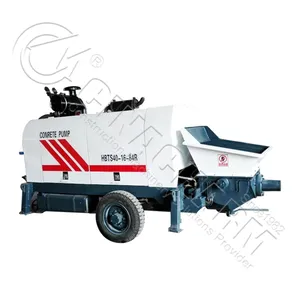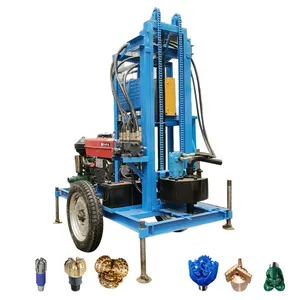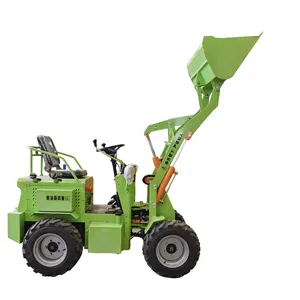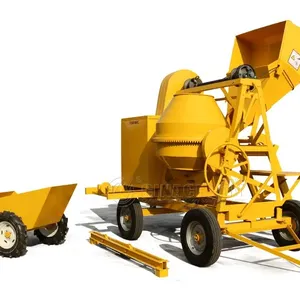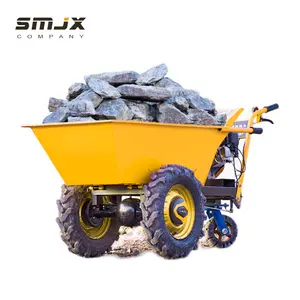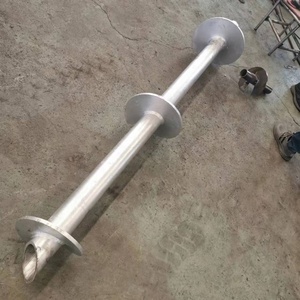Popular in your industry








































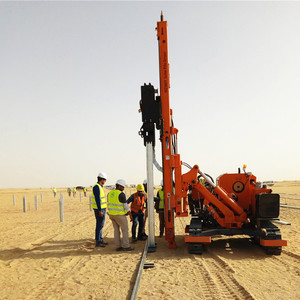

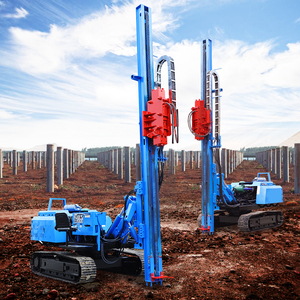






































































































































































Top categories
About piling in india
India has shown a significant increase in the number of civil construction projects. As a result, the country is witnessing heightened demand for advanced construction machinery. As the construction industry grows, the need forpiling in India has increased.
What is Piling in India?
Piling is a type of foundation that uses deep columns to transfer the structure's weight to the ground. Piles, which are long structural elements made of concrete, steel, or timber, are driven into the ground to create a stable foundation for buildings, bridges, and other structures. Piling is essential in India, where the soil conditions vary widely, ranging from soft alluvial deposits to hard rock. Different types of piling are used in India, depending on the soil and the structure's requirements. Some common types include driven piles, bored piles, and micro piles. Piling is a critical part of the construction process, ensuring the stability and longevity of the structures in a diverse and challenging environment.
How does Piling Work in India?
Before starting the piling process, a detailed site investigation is conducted to determine the soil conditions and the type of piling required. In India, piling companies employ specialized equipment, such as hydraulic hammers, to drive the piles into the ground. The piles are driven vertically into the ground using impact or vibration, depending on the soil type. In cases where the soil is too hard, a pre-drilling process may be required to facilitate pile installation. For bored piling, a hole is drilled into the ground using a drilling rig, and the pile is installed by pouring concrete into the hole. This method is commonly used in India, especially in urban areas with limited space.
In India, the piling process can be challenging due to the country's diverse soil conditions. For example, in coastal areas with soft soil, driven piles are used to provide a stable foundation for buildings and bridges. In rocky terrain, such as the Himalayan region, piles are drilled into the hard rock to create a strong foundation. Dynamic compaction, ground improvement, and soil stabilization techniques are also used in conjunction with piling to enhance the ground's load-bearing capacity. In summary, piling is an integral part of the construction process in India, providing a solid foundation for structures in various soil and environmental conditions.
Advantages of Piling in India
Piling offers several advantages in the Indian construction industry. Firstly, it allows for the construction of tall and heavy structures on weak or unstable soil, which is common in many parts of the country. Secondly, it reduces the risk of settlement, ensuring the long-term stability of the structure. Thirdly, piling is a faster and more cost-effective foundation solution compared to traditional methods, making it ideal for the growing construction demands in India. Lastly, piling minimizes the impact on the surrounding environment during the construction process, making it a sustainable choice for the Indian construction industry.

